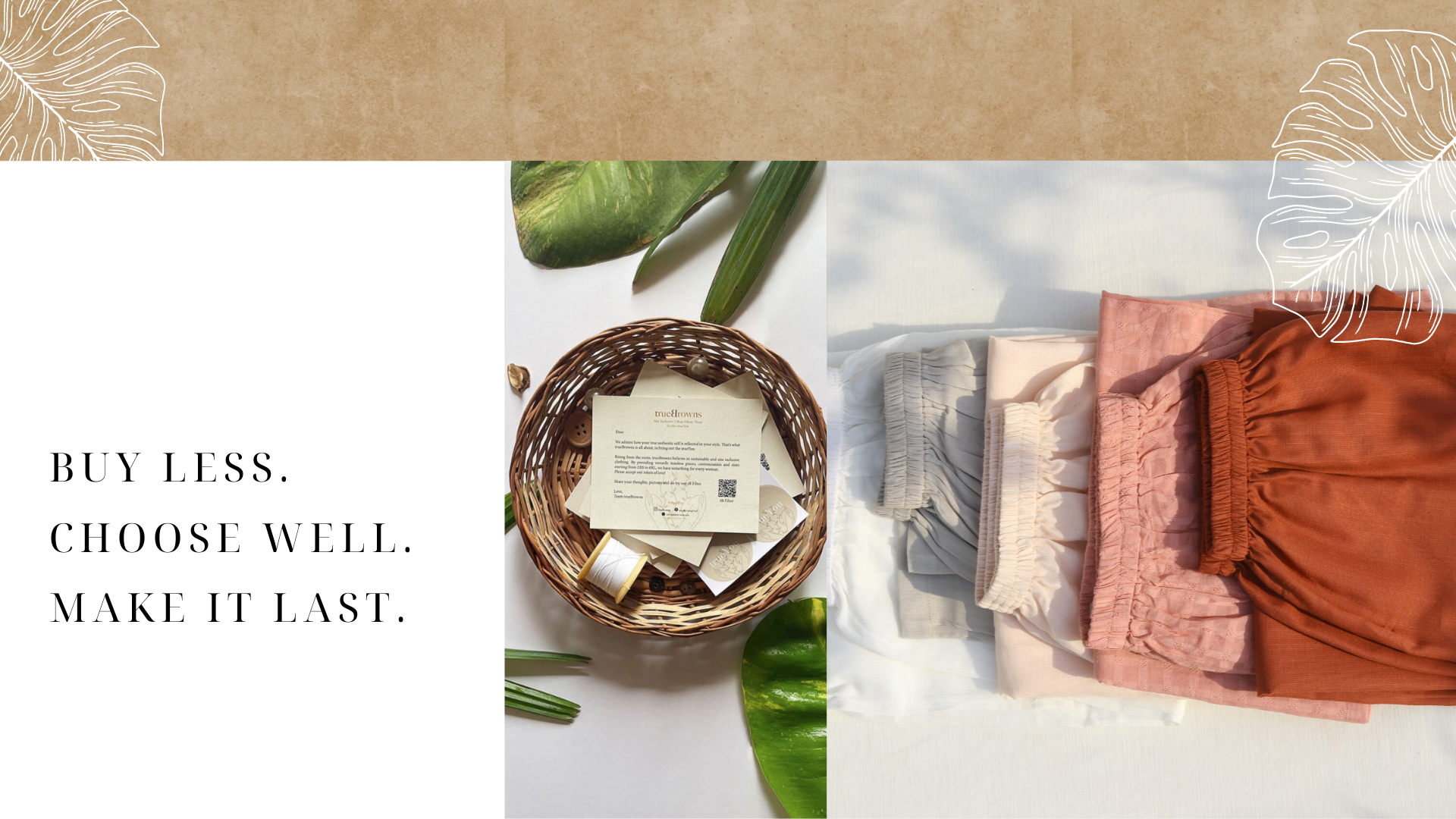
5 ways towards a Sustainable Lifestyle
As humans, we have the power to make changes to our lifestyle that can help ensure a sustainable future for the generations after us. And here’s the thing—it doesn’t have to be a comprehensive evolution; it just requires some minor changes. In our day-to-day life, our actions have an impact on the environment and on our pocket. At home, at work, on the street, shopping, cooking, in our leisure time - almost all the activities that we go through in a normal day are capable of having a huge impact on the environment and the domestic economy.
For some people, it might mean saving entire forests and tackling fossil fuels. But for most, it starts at home with things like eating less meat or remembering to turn off the running taps. You can’t do everything, but everyone can certainly do something. To help you with your bit to reduce the carbon footprints (and possibly save the turtles while you’re at it), here’s a list of practical, undaunting ways to be more sustainable in your everyday life -
- Cut back on plastic water bottles: Instead of using single-use plastic water bottles, buy a reusable one. Not only will reducing plastic bottles help you save money, but it will also contribute to saving the environment. Also, the entire life cycle of packaged bottle water uses fossil fuels, contributes to global warming, and causes pollution. Small changes in your everyday activities can have a massive effect.
- Electricity and appliances: One of the easiest ways to be more sustainable in your daily routine is to reduce your consumption of household energy. Turn off the lights and air conditioning when you leave the room, add in dimmer switches so you can control how bright the light is, and turn off the power strip—which accounts for a significant portion of your electricity consumption.
- Shopping: The best way to practice sustainable and conscious shopping is to ask yourself before making any purchase, if you will wear the piece a minimum of 30 times. You’d be surprised at how many times the answer will be no. Unless absolutely needed, try and avoid buying that statement clothing piece, you know you’ll end up wearing it just once. Instead, invest in something that is more versatile, can be styled in different ways, and you know you won’t mind wearing it again and again.
- Fashion: Make a conscious jump from believing in quality over quantity of clothes and other fashion accessories that are a part of your wardrobe. Buying a better quality and a more sustainable piece might cost you more than a cheaper high-street product, but you’re likely to have it for longer. Buying just a few high-quality sustainable items a year as compared to a lot of cheaper products (which are often less eco-friendly), will considerably reduce your carbon footprint.
- Fabric: Sustainable and biodegradable fabrics have little to no adverse effects on the environment. These materials do not require chemical treatments, fertilizers and pesticides to grow, and are produced with very little energy consumption. These fabrics are derived from eco-friendly resources and recycled materials. Hemp, linen, khadi etc are popular sustainable fabrics used to produce ethical clothing by brands these days.
When it comes to being more sustainable, every little action counts.















